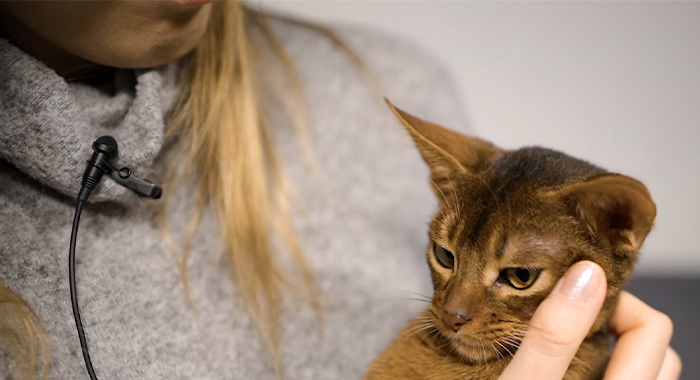
Before looking for what audio interfaces or recorders to use, what podcast recording software you should buy, and even before writing your script, you need to get a microphone, and a good one too.
Yes, smartphones are getting better built-in microphones almost daily, but if you want to thrive in the podcasting industry, you need to sound like a pro.
Getting a decent microphone will save you tons of post-production time. Sometimes, even with the best audio software, you can’t make poor-quality audio sound good.
But what mic is the best for podcasting? You might have realized already that there are a lot of microphones recommended by famous journalists, podcasters, and YouTubers. It can be hard to choose one among so many raving reviews.
But today, I want to address a unique mic that will provide you with good sound quality and a lot of versatility: using a lapel mic for podcast recording.
A lapel microphone, also called a lavalier or collar microphone, is a small mic that is either clipped or hidden into a person’s clothing, allowing them to move while recording audio.
You might have seen them on television or on YouTube when the presenter is wearing one on the collar of their shirt or jacket.
In stage performances, actors wear them hidden to move around without a boom microphone following them, and the same goes for TV and films.
However, lav mics are used even in great Hollywood productions when filming outside in big and open settings where they can’t have other microphones on sight.
Lav mics are nothing new: they have been around for some time due to the need for hands-free speaking for various situations.
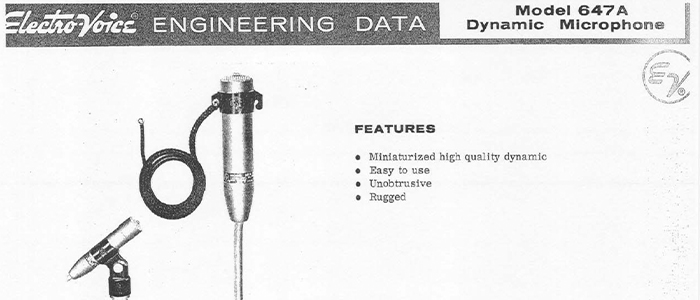
It all started with microphones hanging on the neck of speakers before companies began to introduce small-size microphones like the 647A by Electro-Voice.
Lav mics are placed at chest level on the person and plugged into a transmitter-receiver connected to your computer, smartphone, mixer, or directly to the recording device.
When you’re hiding a lapel mic, there are a few things you need to consider:
For an audio-only podcast, you can place a wireless lavalier microphone in front of your mouth like any other condenser mic, clipping it into a tripod or selfie stick.
However, consider that you’ll need to be in a quiet environment or sound treat your room before recording.
Most lav mics are omnidirectional, meaning they can capture sound from all sides, so you need to be careful when recording in noisy environments with a lavalier microphone.
Due to the lavalier microphone being close to the mouth, your voice will always be the loudest sound source. It also means that even if you move your head around, the lav mic would still be able to pick up your voice.
Cardioid lavalier mics are easy to find, but I think they’re less practical as you need to be very careful when placing them on your clothing. With a little movement, cardioid lav mics can end up facing the wrong side, capturing a muffled sound.
Now you know what lavalier mics are, how they work, and why they are good. So how do you choose which are the best lav mics for podcasting?
I’ll give you a list of some lavalier mics recommended by content creators and professionals, ranging from wired lavalier microphones to wireless lavalier mics, wired lav mics for smartphones, iOS and Android, PC and Mac, and wireless lavalier microphones for DSLR cameras.
Before analyzing the best lavalier microphones, let me introduce some terms you should be familiar with before choosing your next lavalier mic:

The most common patterns for lav mic are omnidirectional (which picks up sound from all sides), cardioid (capturing sound from the front side only), and stereo (which picks up audio from the left and right sides).
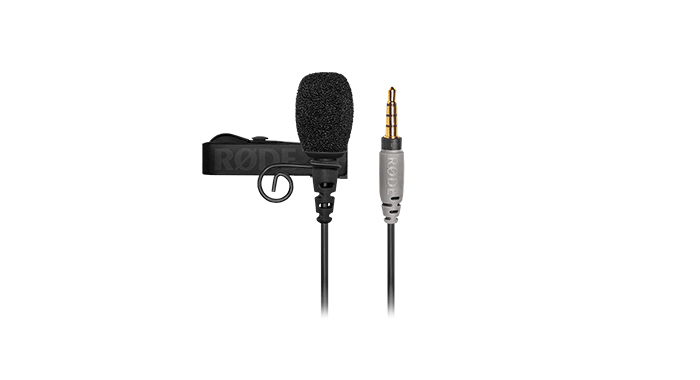
Let’s start with the best Lav Mic under $100: the Rode SmartLav+. This is an omnidirectional condenser lav mic for smartphones with a TRRS connector that you can easily plug into your phone’s 3.5 headphone jack input.
The SmartLav+ includes a pop filter to reduce plosive sounds and a 1.2m Kevlar-reinforced shielded cable to endure heavy environment and manipulation. This lavalier mic has a frequency range of 20Hz to 20kHz and a maximum SPL of 110dB.
It’s powered by the TRRS socket, so as long as your smartphone has a full battery, you won’t need to worry about recharging it.
If your smartphone doesn’t have a 3.5 jack input, like an iPhone 7 or above, you can still use this lav mic with a Lightning adapter. The same goes for a DSLR camera or any TRS input device: using a 3.5 TRRS to TRS adapter like the SC3 from Rode will make it work.
You can buy the Rode SmartLav+ for around $80 or less.
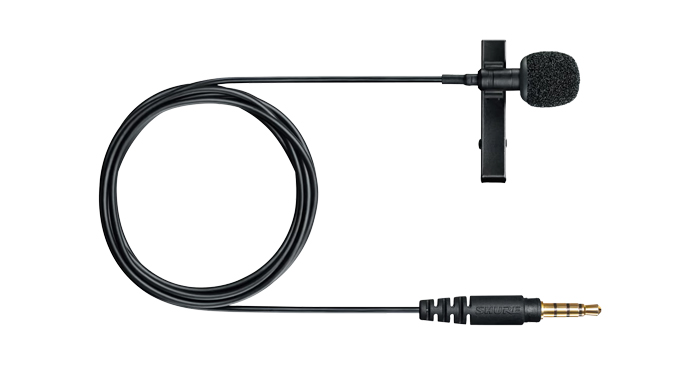
The Shure MVL is an omnidirectional pattern condenser lavalier mic with a 3.5 TRRS connector for smartphones and tablets. Shure is an iconic brand that has been making microphones since the 1930s, hence the popularity of this great lav mic.
For podcasting, this smartphone lavalier microphone will allow you to skip on other accessories like an audio interface or a DAW since you can use the ShurePlus MOTIV mobile app to record, monitor in real-time, and edit your audio. The mobile app is available for Android and iOS.
The Shure MVL includes a mic clip, a pop filter, and a carrying case for practical transportation. The frequency range of this lav mic is from 45Hz to 20kHz, and the maximum SPL is 124dB.
You can buy the Shure MVL for $69.
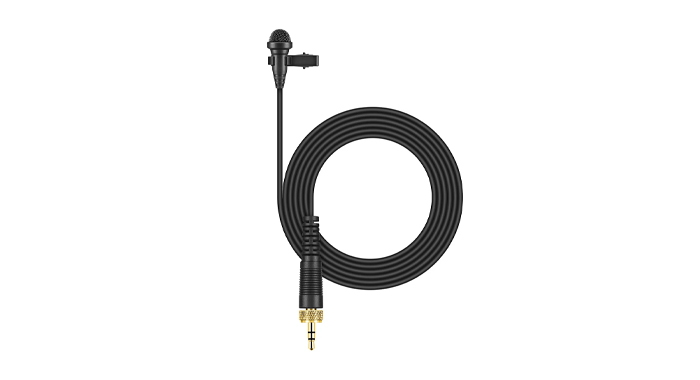
The Sennheiser ME2 is a professional-level wireless mic. Its omnidirectional pattern delivers a pristine vocal sound for podcasts, with a frequency range from 50Hz to 18kHz and 130 dB SPL. This wireless lav mic is very popular among TV hosts and in the movie industry.
It comes with a lapel clip, a windscreen, and a locking 3.5mm connector for transmitters which makes it easy to plug it into any audio device.
The Sennheiser ME2 is $130, the highest-priced wired mic on the list, as well as the only one I consider a professional-level microphone and undoubtedly one of the best wireless lavalier microphones.
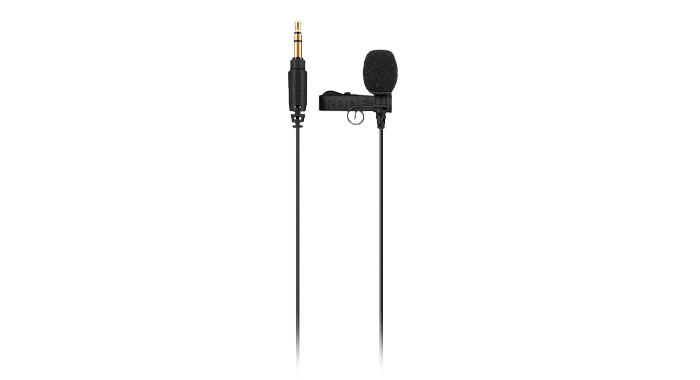
The Lavalier Go by Rode is a high audio quality omnidirectional microphone very similar to the SmartLav+ with the difference that it has a TRS connector for DSLR cameras or transmitters (like the Rode Wireless Go II) or any device with a 3.5 TRS microphone input. This makes it a valid alternative if you’re not recording audio from a smartphone.
It comes with a clip, Kevlar-reinforced cable, pop shield, and a small pouch. Its frequency range is 20Hz to 20kHZ with a maximum SPL of 110dB.
You can purchase the Lavalier Go for $60.
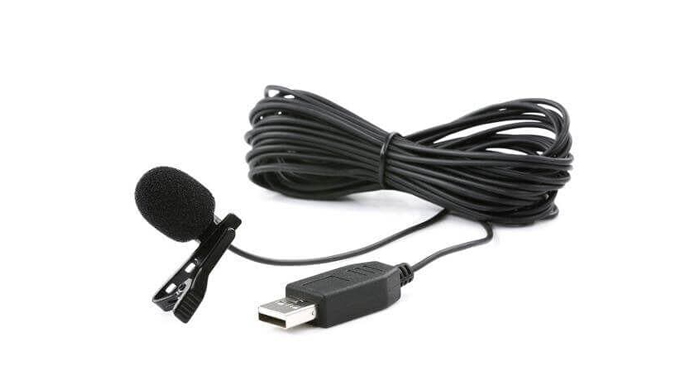
If you are recording your podcast from a computer, a USB microphone is your best option. The MOVO USB-M1 is a plug-and-play microphone for PC and Mac. It has an omnidirectional polar pattern with a 2ft cable, ideal if you’re recording far from your PC.
The Movo USB-M1 includes an aluminum clip and pop filter (but not a carrying pouch) and has a frequency response of 35Hz to 18kHz and a maximum SPL of 78dB.
The price of the USB-M1 is $25. If you’re looking for an easy-to-use to replace the built-in mic from your computer, this might be the cheapest lavalier microphone that still provides broadcast-quality audio.
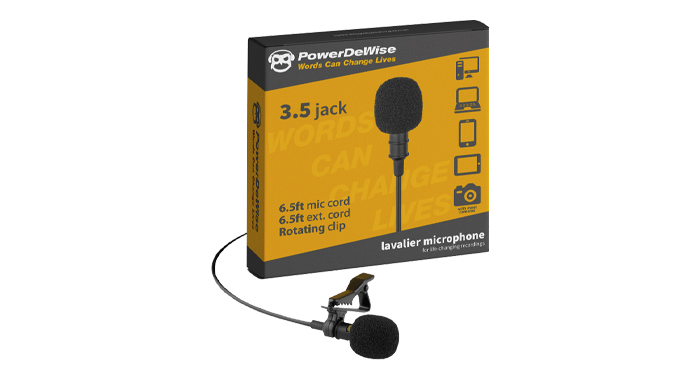
The Lavalier microphone by PowerDeWise is another budget USB mic on our list. It has an omnidirectional polar pattern with a frequency response of 50Hz to 16kHz.
It includes a pop filter, a rotating clip, a 6.5ft cable, a carrying pouch, and a TRRS to TRS adapter.
There are different versions with a lightning adapter, USB-C adapter, and a dual microphone set for interviews.
You can buy the PowerDeWise Lavalier microphone for $40 to $50, depending on the version you need.
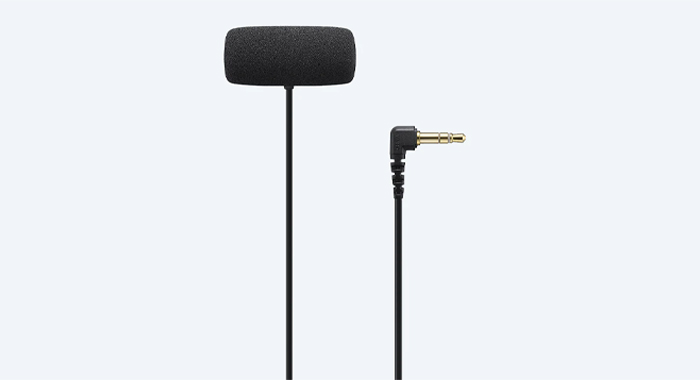
The ECM-LV1 features two omnidirectional capsules to capture stereo audio. Stereo recording allows capturing sound from the right and left channels for a live acoustic concert or to create a more realistic and immersive feeling.
The ECM-LV1 comes with a 3.5 TRS connector and is compatible with the ECM-W2BT transmitter for wireless recording and DSLR cameras.
It includes a 3.3ft cable, a 360 rotating clip to attach it to any angle on your clothes, allowing you to use one channel for voice recording and the other for ambiance, and a windscreen for outside recordings.
The Sony ECM-LV1 costs only $30 and provides great sound quality in all outdoor situations.

The Movo WMIC50 is a portable wireless system for podcasting and filming.
It includes two earphones that allow audio monitoring and one-way communication between the receiver and the transmitter. This lav mic is omnidirectional with a frequency response of 35Hz to 14kHz.
Two AAA batteries power the receiver and transmitter for up to 4 hours of runtime. It uses a 2.4 GHz frequency and operating range of 164ft (around 50m).
You can buy the Movo WMIC50 wireless system for $50. For the price, I think it’s a pretty decent microphone, but if you’re looking for something genuinely professional, take a look at the last two microphones on the list.

The new Rode Wireless Go II‘s main feature is its dual-channel receiver, allowing you to record audio in stereo or dual-mono and adding more flexibility and creativity to your podcast. It has a TRS connector and includes a USB-C type connection.
The transmitter has a built-in omnidirectional mic and a 3.5mm input for an external microphone.
It has a rechargeable lithium battery for up to 7hrs of uncompressed audio recording. The frequency response is 50Hz to 20kHz with a maximum SPL of 100dB.
The Rode Wireless can be found in a single or dual package, depending on how many transmitters you want, and its price starts from around $200.
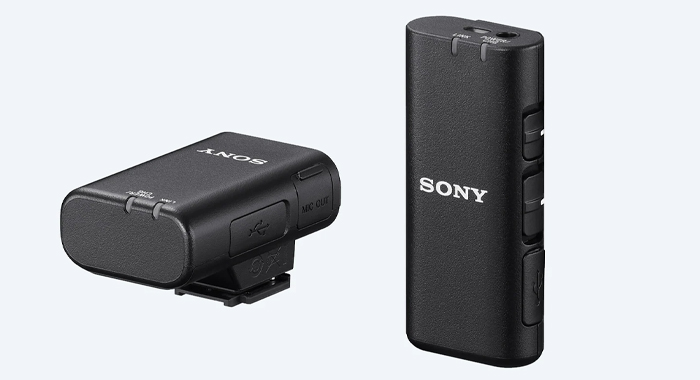
The last on the list is the Sony ECM-W2BT. Similar to the Wireless Go II, you can use it as a wireless system or as a standalone wireless omnidirectional microphone.
It is designed for outdoors recordings with dust and moisture resistance, adjustable input levels, and a windscreen for background noise reduction. It can record up to 9 hours and up to 200m operating range.
Capture two audio sources with the “Mix” mode, one on the transmitter and another on the receiver, the perfect option for interviews when you want the voice behind the camera to be loud enough.
You can get the Sony ECM-W2BT for $200. This might well be the best lavalier microphone you can get for your podcast.
Buying the right microphone requires a lot of research, but by not simply choosing the collar mic with the best reviews, chances are you’ll get one that’s truly in line with your needs.
Among the best lavalier microphones above, choose the one that best fits your project, and have fun recording your interviews!
FAQ
The features of a microphone for podcasting change depending on the environment you’re in when recording.
Cardioid or hypercardioid mics help you narrow down the audio sources and make the sound more defined, while an omnidirectional condenser mic can help you capture all sounds within the recording area.
Generally speaking, cardioid and hypercardioid microphones provide amazing sound quality in most recording situations. Phantom power is often necessary with this type of microphone, which means you’ll need an audio interface to make your mic work.
The same goes when choosing an XLR mic. This microphone requires an audio interface that connects it to your PC and phantom power to function properly.
Most lavalier mics are either cardioid or omnidirectional, so choose wisely before opting for one or the other by carefully analyzing your recording environment.
Lavalier microphones are great for podcasting on the go, such as if you’re recording from your smartphone or for live events where you need to be moving around. But lavalier mics will perform very well indoors too!
You may be wondering if it’s worth using lav mics or if you should just buy a condenser mic, so let’s see some benefits of using a lapel mic:
If you are using an omnidirectional lavalier mic, you don’t have to worry about how to place it in order to capture sound from a specific direction.
If you need to travel, a lavalier microphone won’t take up much space on your backpack, and they usually include a travel pouch to protect them.